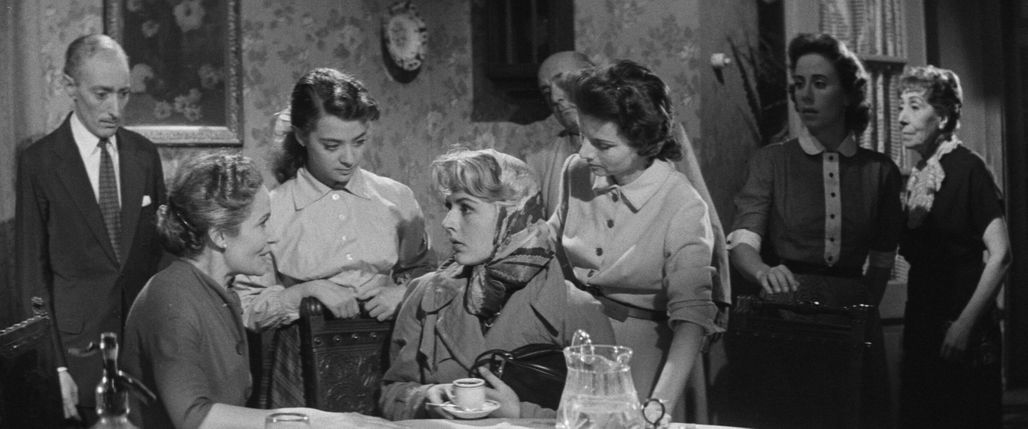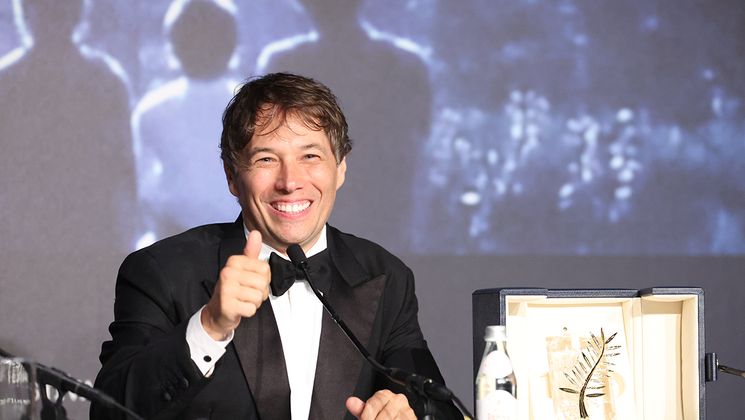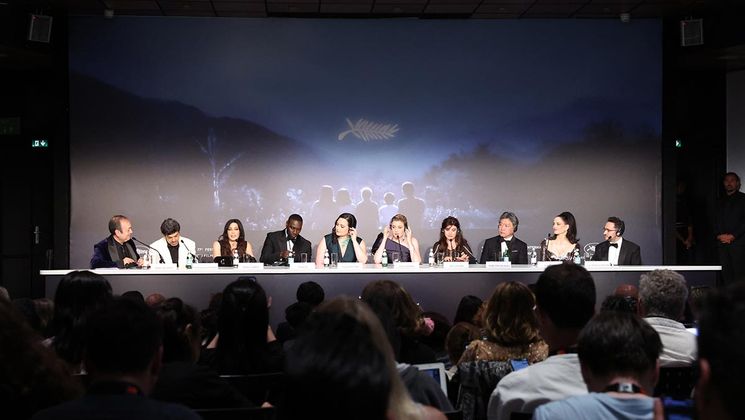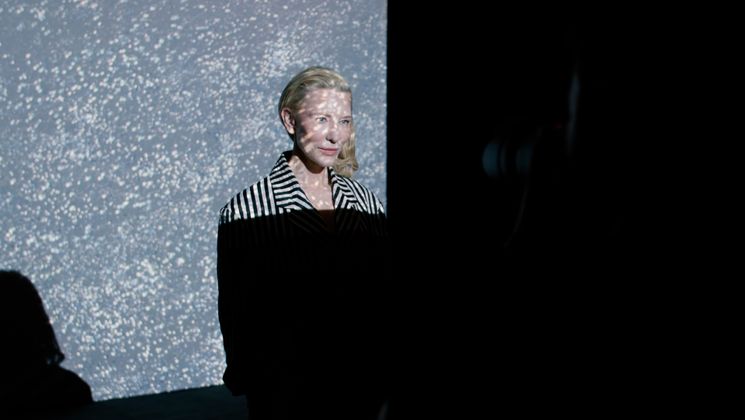
Rosaura a las 10 (Rosaura at 10 o’clock): Mario Soffici’s masterpiece restored

Fernando Madedo supervised the restoration of Rosaura a las 10 (Rosaura at 10 o’clock), a masterpiece by Argentinian director Mario Soffici, presented in Cannes Classics. In this interview, he described the important impact this director has had on his country.
Who was Mario Soffici?
“Don Mario”, as his colleagues called him as a sign of respect, is one of Argentina’s major directors. He played a fundamental role in the birth of sound cinema and in the development of the country’s film industry. Initially an actor, he directed one of Argentina Sono Film’s first films, El alma del bandoneón (1935). His extensive filmography includes such important classics of Argentinian cinema as Kilómetro 111 (1938), La cabalgata del circo (1945) or Barrio gris (1954) and, of course, Rosaura a las 10 (Rosaura at 10 o’clock) (1958). Many of these films are milestones in the golden age of our cinematography. He distinguished himself by his ability to deal with a variety of themes, to engage with society as a director and as a precursor of social drama. He filmed across the country from north to south and east to west, adapted works of universal and national literature, and had a formidable ability to blend cinematic styles, as is clearly demonstrated in the film Rosaura a las 10 (Rosaura at 10 o’clock). His footprint in Argentinian cinema is not only marked by the films he made, but also by his political action in favour of the local film industry. He was the first president of the directors’ organisation he founded.
How important is Rosaura in his filmography?
Rosaura a las 10 (Rosaura at 10 o’clock) is one of Soffici’s last films and one of the most popular of his career. Even though he was an experienced director, this film shows Soffici brilliantly selected new cinematographic techniques. He used the wide screen, AlexScope, a variant of CinemaScope, and demonstrated his creativity behind the camera by navigating film genres with exceptional skill. He changed the framing to reflect different angles in the film, a distinctive feature of the plot that links it to Kurosawa’s Rashomon (1950).
“What’s important in a film is not the genre, but the way it is made”
This is what Soffici declared at a conference, thereby affirming his awareness of the cinematographic form. This film is extremely important in the history of Argentine cinema, because it challenges the classic narrative system and serves as a turning point towards modernity.
Could this film mirror the Argentine society of the time?
“I’ve always believed that a director should be a witness to his time”, said Mario Soffici. While the portrayal of the character group in the film may have sparked criticism, it provides a multifaceted social commentary on the era: the petty bourgeoisie to migration from the provinces to the big city, the typical working-class dwelling designed as a boarding house, which was very characteristic and housed mainly migrant workers, students, artists and elderly people on limited incomes. In addition, it presents various urban settings, the city centre, the “Once” district and the suburbs, and the criminal activity of delinquents.


